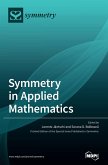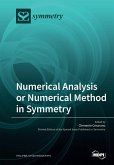Symmetry is one of the most general concepts in physics. Symmetry arguments are used to explain and predict observations at all length scales, from elementary particles to cosmology. The generality of symmetry arguments, combined with their simplicity, makes them a powerful tool for both fundamental and applied investigations. In electrodynamics, one of the symmetries is the invariance of the equations under exchange of electric and magnetic quantities. The continuous version of this symmetry is most commonly known as electromagnetic duality symmetry. This concept has been accepted for more than a century, and, throughout this time, has influenced other areas of physics, like high energy physics and gravitation. This Special Issue is devoted to electromagnetic duality symmetry and other vareities of dualities in physics. It contains four Articles, one Review and one Perspective. The context of the contributions ranges from string theory to applied nanophotonics, which, as anticipated, shows that duality symmetries in general and electromagnetic duality symmetry in particular are useful in a wide variety of physics fields, both theoretical and applied. Moreover, a number of the contributions show how the use of symmetry arguments and the quantification of symmetry breaking can successfully guide our theoretical understanding and provide us with guidelines for system design.
Hinweis: Dieser Artikel kann nur an eine deutsche Lieferadresse ausgeliefert werden.
Hinweis: Dieser Artikel kann nur an eine deutsche Lieferadresse ausgeliefert werden.








